‘B-58 Week’ Ends With A Thank You, And A Tribute
 Sunday, April 4, 2010 at 10:38PM
Sunday, April 4, 2010 at 10:38PM 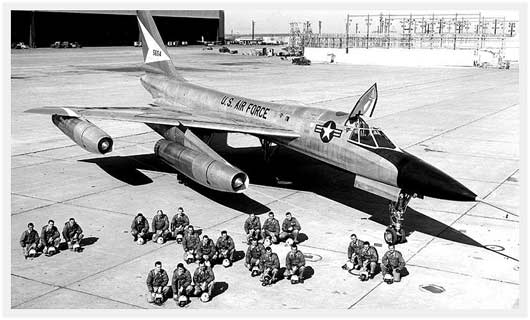
This is the last post in ‘B-58 Week’, but you can be sure we’ll be talking more about this phenomenal aircraft in the future.
The Convair B-58 Hustler was the world’s first operational supersonic bomber. It inspired allies with its awesome beauty and blistering performance, and it struck fear in potential enemies with its aggressive look and the fact that it represented an engineering capability that could not be surpassed.
The airplane wasn’t perfect, in fact far from it. It was very expensive, very demanding to fly, extremely complicated, difficult to maintain and had a high accident rate. And, by the time the B-58 was operational, the surface-to-air missile (SAM) was showing itself capable of shooting down high altitude bombers, even of they were flying supersonic. Originally the idea of flying high and fast was believed to be safe from enemy attack, but the SAM changed the game and the B-58 wasn’t the answer that many thought it would be.
But the Hustler was still a watershed accomplishment. The hard work and dedication that pushed for ways to make seemingly impossible things happen paved the way for advances in aerospace for years to come. This is a good time to reflect on the people that made it all happen. From the administration at Convair to the designers and engineers. From the people on the factory floor that built the aircraft, to the test pilots and engineers who risked their lives and worked to solve complicated problems. To the men who flew her operationally and the many that lost their lives in the process. And the skilled maintenance and service people that kept her flying… the list of people who were part of the history of the B-58 is very large. They worked hard to build, fly and maintain an aircraft meant to very boldly stand for freedom, and to be ready to fight for it if needed.
To all of them I say: Thank You.
The following pictures are meant to be a small tribute to the people who made the B-58 one of the greatest and most memorable aircraft the world has ever seen.
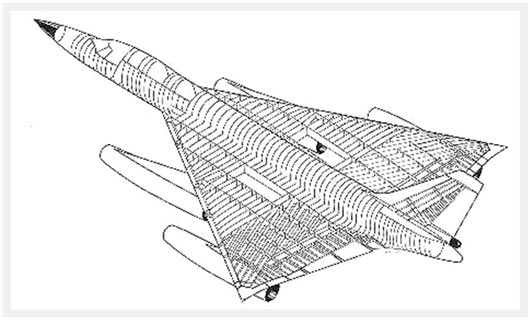
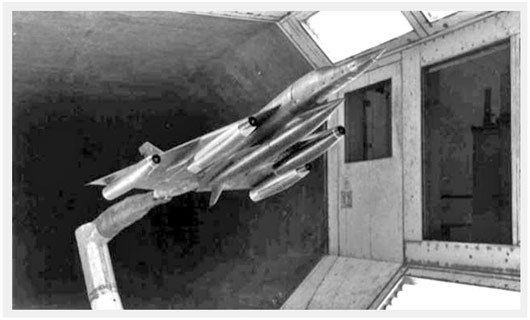
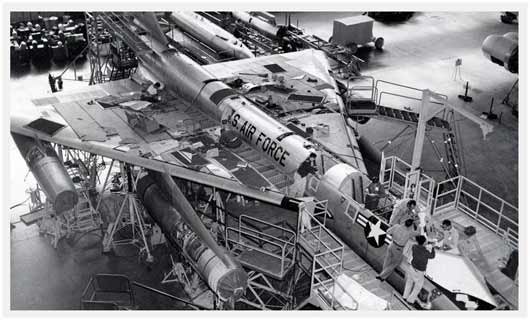
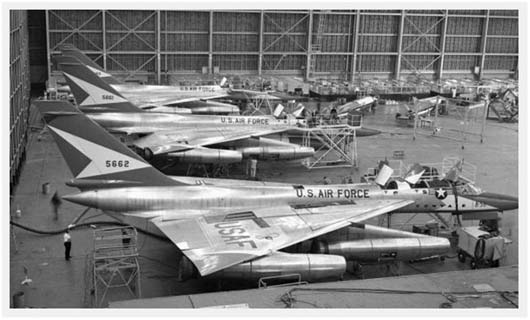
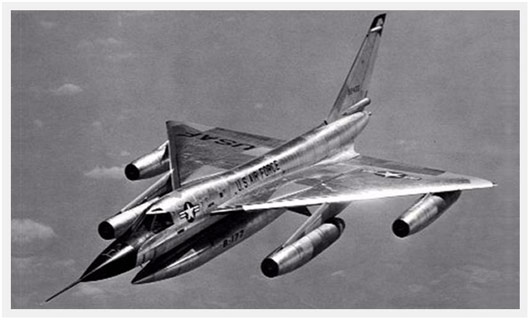
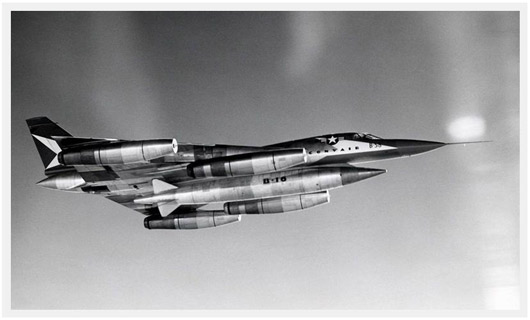 May the true fight for freedom never end!
May the true fight for freedom never end!
 Martt |
Martt |  2 Comments |
2 Comments | 































































































